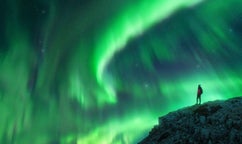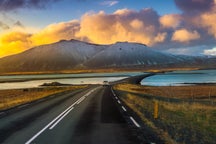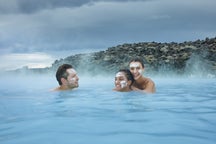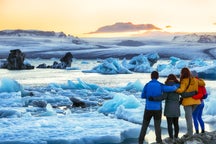
Art in Italy: A Journey Through Time and Culture

Art in Italy: A Journey Through Time and Culture
Introduction
Italy's contribution to the world of art in Italy is immeasurable, with a rich history that spans from antiquity to modern times. The country has been a crucible of artistic innovation, home to some of the most influential artists, architects, and movements in history. This article explores the evolution of Italian art, highlighting key periods, influential figures, and the enduring impact of Italy's artistic legacy.
Ancient Roman Art
Historical Overview
Ancient Roman art, flourishing from the 1st century BCE to the 4th century CE, was heavily influenced by Greek art. Romans excelled in architecture, sculpture, and mosaic work, creating enduring masterpieces that have survived millennia.
Key Features and Works
- Architecture: The Colosseum, Pantheon, and aqueducts showcase Roman engineering and architectural prowess.
- Sculpture: Realistic portraiture and commemorative statues, such as the statues of emperors and the Ara Pacis, reflect both public and private life.
- Mosaics and Frescoes: Intricate mosaics and frescoes in places like Pompeii and Herculaneum depict everyday scenes, mythology, and landscapes.
Medieval Art
Historical Overview
During the medieval period, from the 5th to the 14th century, art in Italy was characterized by the dominance of the Church, which commissioned works to inspire faith and devotion. Byzantine influences were strong, particularly in mosaics and religious iconography.
Key Features and Works
- Mosaics: The mosaics in Ravenna's churches, such as San Vitale and Sant'Apollinare Nuovo, are renowned for their vibrant colors and detailed religious scenes.
- Illuminated Manuscripts: Religious texts, adorned with intricate miniatures and gold leaf, were produced in monastic scriptoria.
- Frescoes: Early frescoes, like those in Assisi's Basilica of San Francesco, began to show more naturalism and human emotion.
Renaissance Art
Historical Overview
The Renaissance, spanning the 14th to the 17th centuries, marked a rebirth of classical ideals and humanism. Florence was the epicenter of this cultural explosion, fostering artists like Leonardo da Vinci, Michelangelo, and Raphael.
Key Features and Works
- Humanism and Realism: Artists focused on human anatomy, perspective, and naturalistic representation. Leonardo's "The Last Supper" and "Mona Lisa" exemplify these principles.
- Classical Themes: Mythological and historical subjects were revisited, as seen in Botticelli's "The Birth of Venus."
- Architectural Innovations: Filippo Brunelleschi's dome for Florence's Cathedral and Leon Battista Alberti's treatises set new standards in architecture.
- Sculpture: Michelangelo's "David" and "Pietà" are paragons of Renaissance sculpture, blending idealized beauty with emotional.
Other interesting blogs
Chasing Waterfalls in Iceland
Iceland is spectacular in so many ways and Icelandic nature is quite unique with its vast landscape, volcanic activity, geothermal areas, glacier lagoons and sceneries, black sand beaches and spectRead moreSænautasel Turf House in the Highland of Iceland
In my search for turf houses around Iceland, I visited Sænautasel, which is a rebuilt turf house on Jökuldalsheiði heath in the highland of Iceland. It is, in my opinion, an extremely cute turf hoRead moreLupines in Iceland: Beauty, Controversy, and Environmental Impact
Iceland’s striking landscapes are known for their stark beauty—volcanic deserts, lava fields, glaciers, and black sand beaches. Among these natural wonders, visitors in summer may notice vast fieldsRead more

Download Iceland’s biggest travel marketplace to your phone to manage your entire trip in one place
Scan this QR code with your phone camera and press the link that appears to add Iceland’s biggest travel marketplace into your pocket. Enter your phone number or email address to receive an SMS or email with the download link.















